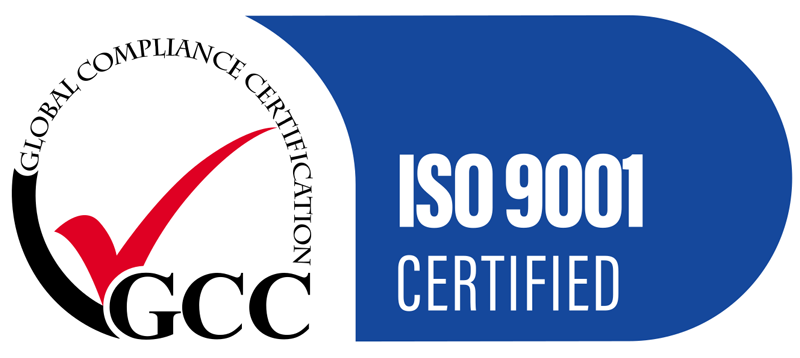Steel has played an important role in Australia’s history. As a large continent, Australia’s need for steel increased as rail and industry expanded across the states toward the end of the 19th century.
Early attempts
In the 1840s, steel manufacturing was attempted in several states. Poor quality iron ore, coke, and a lack of local expertise ensured that these early attempts were failures. During the Industrial Revolution, Australia imported most of its steel from Britain. By 1880, all steel manufacturing projects in Australia had been completely abandoned. Even by today’s standards, importing steel is expensive and required expensive reworking and maintenance at the receiving end of the supply chain. The situation remained unsatisfactory for many years.
Steel manufacturing success
In the early 20th century, steel manufacturing started to take off in Australia thanks to coal (is coal that has been cooked if you like, a lot like corn turned into popcorn) and iron ore mined from South Australia. By 1938, Australia had four modern blast furnaces that were used solely for steel manufacturing. Steel cutting and steel manufacturing in Australia became the norm, and local industry boomed in response to these advancements.
Modern industry
After the Second World War, steel manufacturing increased as sheet steel was in demand for car manufacturing and domestic appliances. The need for steel cutting increased as tubing and piping increased across Australia. As an agricultural economy, Australia depended on steel and steel products as the nation increased its agricultural productivity, residential real estate and industry. As early as the mid 1930’s steel production for civil projects was important to Queensland especially as it was at this time that the construction of the Story Bridge started and it was finished in 1940. It was during this boom that steel cutting in Brisbane became important, giving rise to the construction of the Story Bridge.
The ’80s
Steel manufacturing went through dark times, along with the rest of the economy, in the 1980s. An excess in the production of steel caused operations across many steel production sites to cease completely. Changes to the structure of the steel industry including innovative world best practices and technologies saw Australia’s steel industry strengthened by the challenges of the period.
Australia in the global market
The steel manufacturing industry in Australia is highly efficient, as evidenced by companies including ShapeCUT. Yet we still send much of our iron ore to be processed offshore to return as steel to be used in Australian industries. This creates issues with further expense and inefficiencies. Australian companies including ShapeCUT adhere to stringent quality and environmental standards. You know that when you deal with ShapeCUT, you are receiving a premium Australian product.
The manufacturing sector depends on the steel industry and on steel cutting leaders such as ShapeCUT. The steel industry works closely with the Australian government to ensure greater opportunities for steel manufacturing and steel cutting in Australia.
ShapeCUT has been delivering quality profile cutting and oxy cutting for over two decades. With more than 5,000 tonnes of cut steel in stock and ten modern profile cutting machines, ShapeCUT is an industry leader in steel cutting and processing. Contact ShapeCUT today for a quote from one of our expert team members.
Contact Us To Find Out More
We ensure a fast, exact and economical steel solution for our clients. Call our team today to discuss your steel cutting and metal processing requirements.
Get Our Newsletter
Contact details
121 Mica Street, Carole Park,
QLD, 4300, AUSTRALIA
Freecall: 1800 SHAPECUT (1800 742 732)
Telephone: (07) 3271 5600
Facsimile: (07) 3271 5454
Email: sales@shapecut.com.au
Accredited Profile Cutting

Profile Cutting
©2025 ShapeCut | Website design Brisbane by iFactory | Privacy Policy | Search | Sitemap



